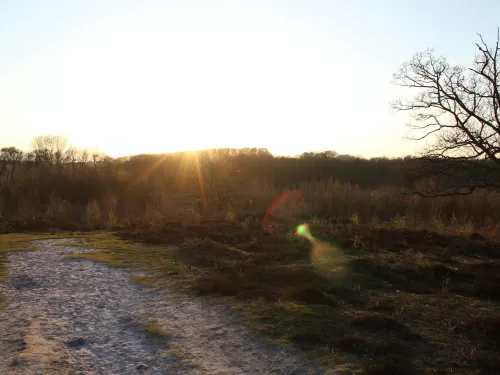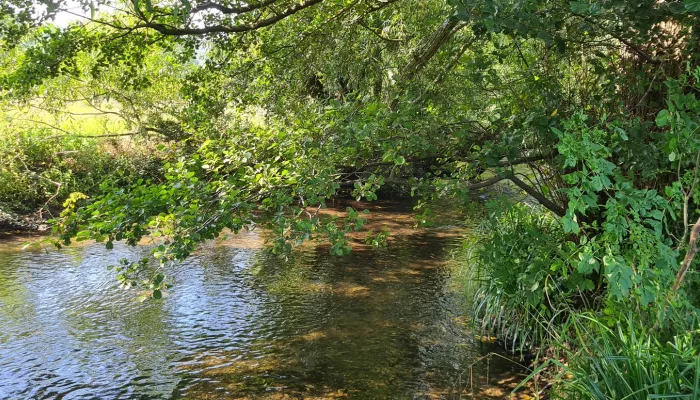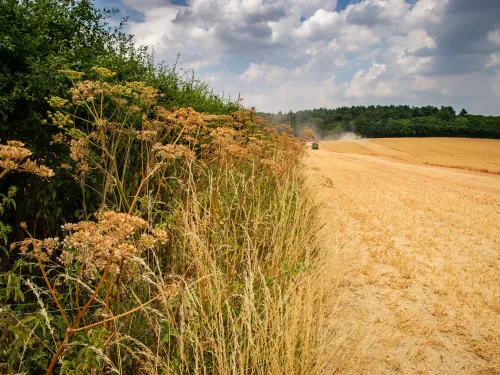
Habitat fragmentation: Why it's an issue for nature & climate
Habitat fragmentation poses significant threats to biodiversity and climate stability. In our lifetimes, we’re witnessing dramatic changes in the landscapes around us and the species that inhabit them.



